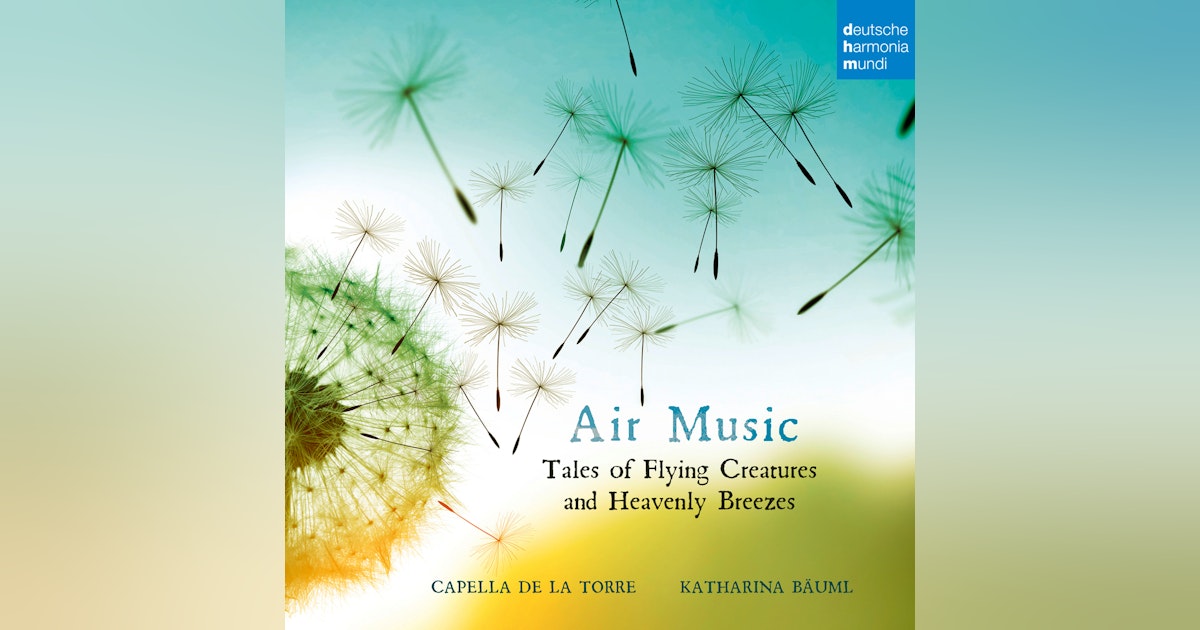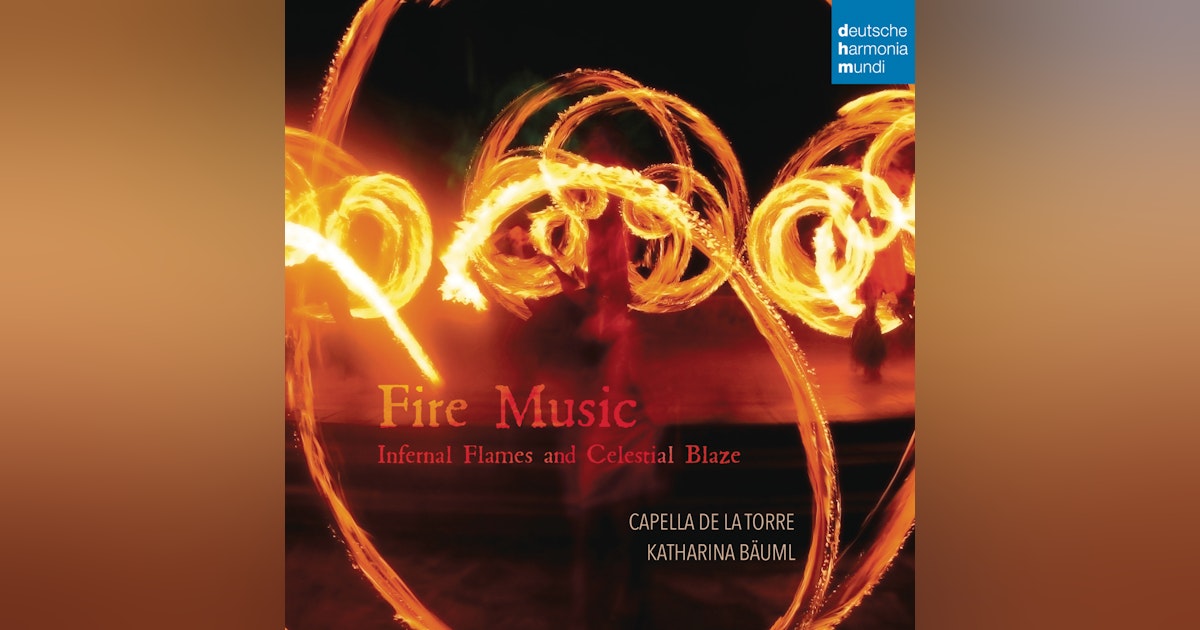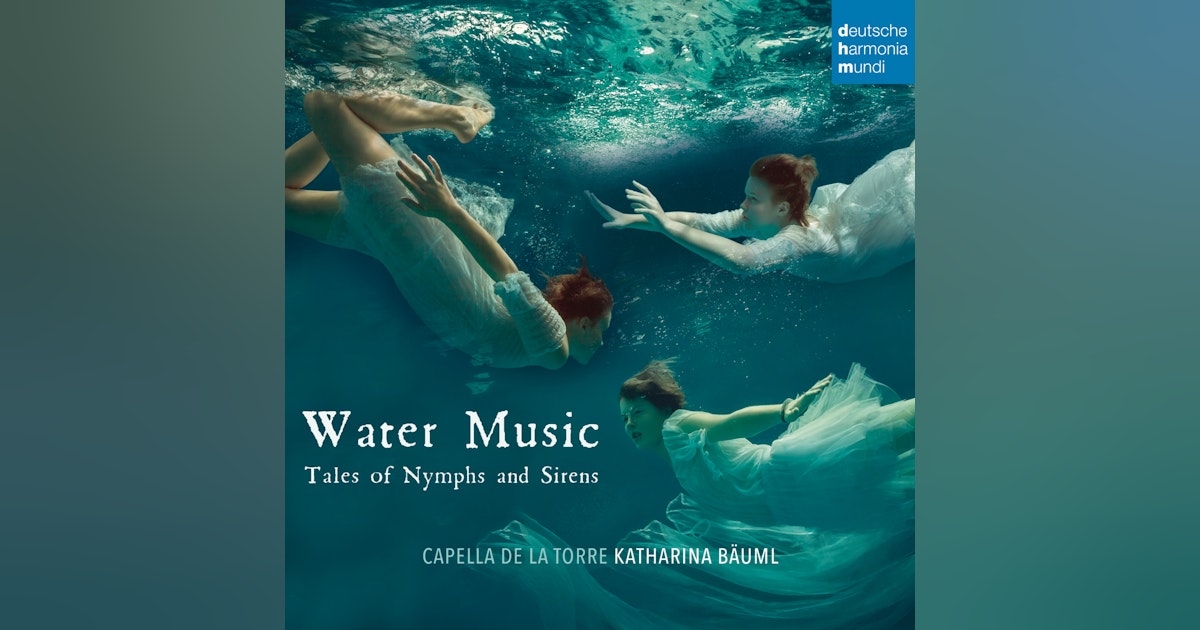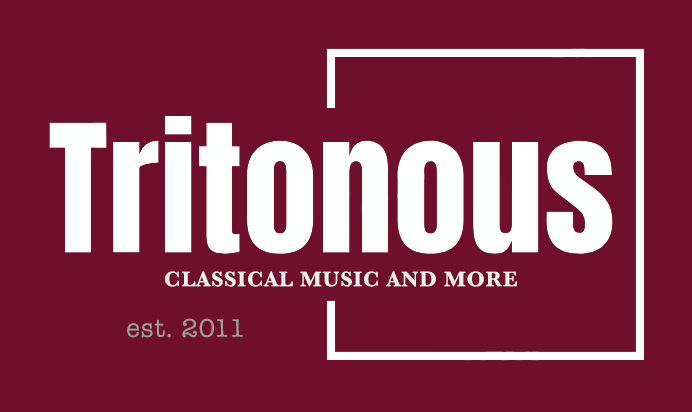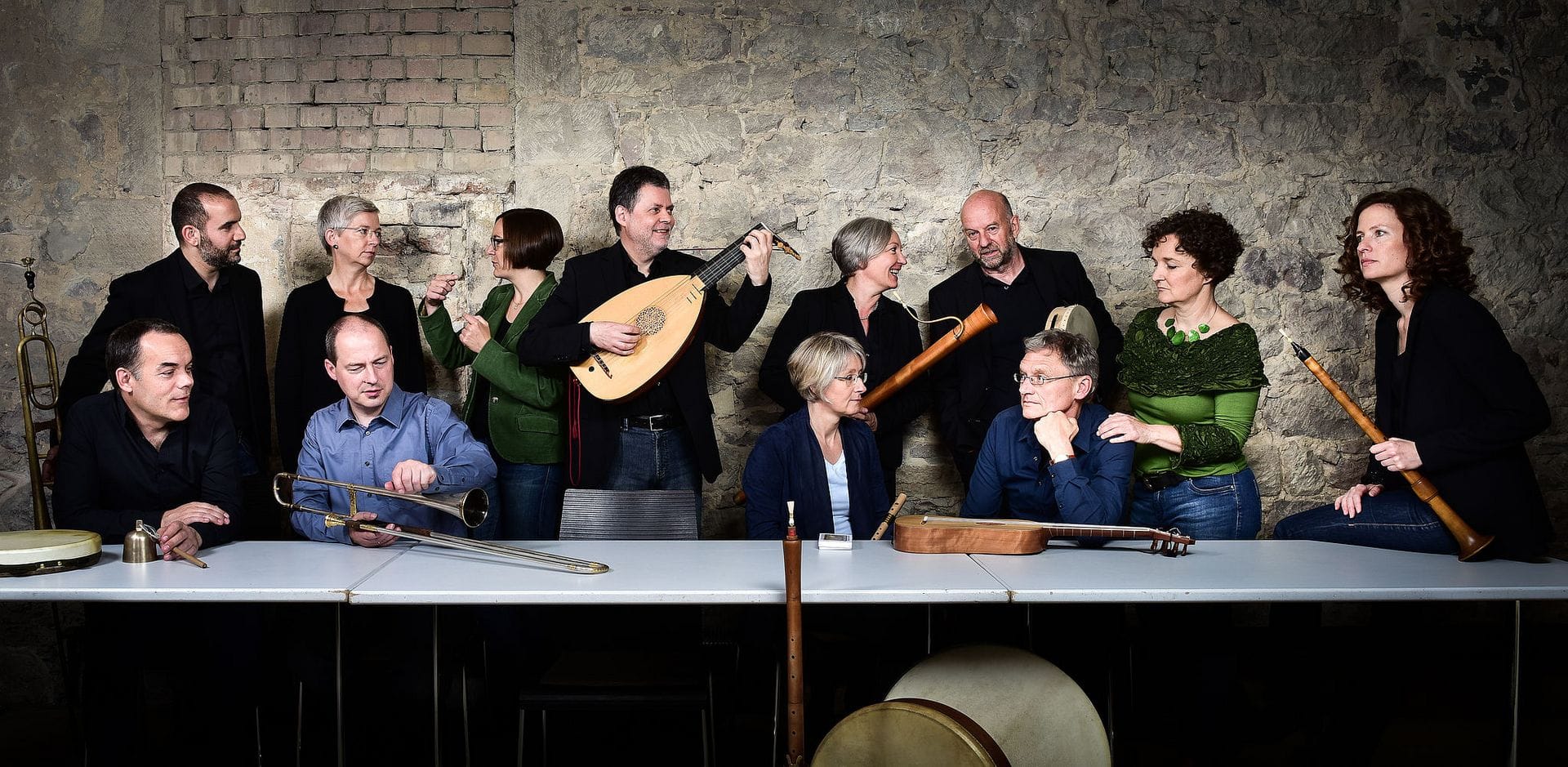
Itinéraire baroque en Périgord 2025 (2): La Roche Baroque (2): Les Éléments Capella de la Torre / Katharina Bäuml (shawm / director). 9 pm, Église Saint Théodore de la Rochebeaucourt, Périgord, France, 01.08.2025
Air
Anonymous O che nuovo miracoio. Chaconne. The dark is my delight
Estebao da Brita Lucis Creator optime.
Josquin Desprez Tu solus qui facis mirabilia / In te Domine.
Fire
Anonymous L’amor dona / Dolc’amooso focho
Anonymous / Sixtus Resinarius Da Pacem.
John Playford Chestnut.
Water
Lorenzo Allegri Quinto balletto delle ninfe.
Niccolo Piffaro Di lassr u divo aspetto
Jacob Arcadelt Il bianco e dolce cigno
Trad Passamezzo
Earth
Anthony Holborne Pavane, ‘The Funerals’
Cristobal de Morales Circumdiderun me
Buxtehude Chaconne (arr. Bäuml)
Trad Greensleeves
Giuseppe del Biabo Fuggi, fuggi, fuggi / Passacaglia della vita
The vocal/instrumental group Capella de la Torre has a fine reputation; the packed-out church brought a sense of expectation that, it turned out, was deserved. This was an evening of often high-voltage (and high volume) music performed by voice (soprano Margaret Hunter) plus a procession of instrumentalists, from sackbut and organ to percussion and dulcian.
The full title was ‘The Four Elements: a musical voyage through the Renaissance’ (or, elsewhere, ‘The Four Elements – Creation and Man in the music of the 15th-17rh Centuries’). The idea of the world originating from four elements stems from Empedocles of Akragas (495-435 BCE); Plato later took up the baton. While contemporary science might have diverted mainstream knowledge form this fundamental theme, the ideas survive to this day in a multiplicity of pagan practices, including tarot. Capella de la Torre has recorded a sequence of discs on the Deutsche Harmonia Mundi label already with this idea in mind, but the repertoire here changed somewhat (or even swapped: a setting of Lucis Creator optime appears on their Earth Music disc, and here is part of Air).
One thing is for sure: Capella de la Torre has spirit (which, fittingly, is often seen as the fifth element, sometimes called ’ether’). The performances were vibrant, often loud, but never raucous. This is early music performance at its most visceral; some may say almost too much so (I found it quite tiring after a while, but then I’m old and, when tired, a miserable old git). There were, though, contrasts, moments of interiority: the anonymous The Dark is my Delight, for example, or Josquin’s miraculous Tu solus qui facis mirabilia, leavened by his In te Domine.
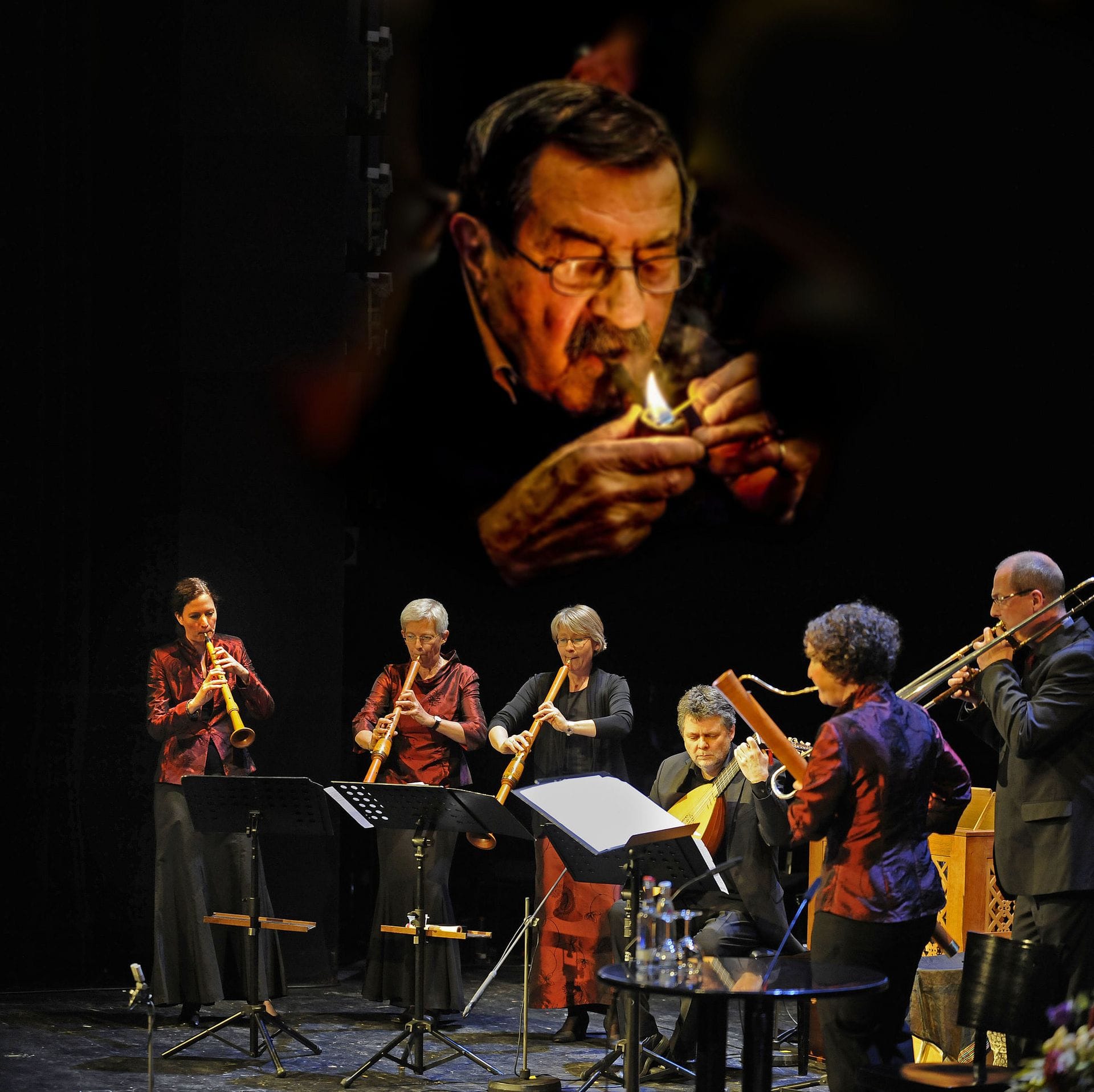
The members of Capella de la Torre are certainly good at fire; their enthusiasm is infectious. But there was an ecclesiastical element here, too: Da Pacem brought organ and ritual to a scenario that included the anonymous L’amor dona and the eminently courtly Chestnut by John Playford (1623-86).
Capella de la Torre’s strength is that they are just as top-of-the-game professional in the raucous moments as they are in the quieter; connecting the two is an absolute mastery of rhythm and metre. The watery part of the evening brought the lovely Quinto balletto delle ninfe by Lorenzo Allg (1567-1648) and how Katharina Bäumi’s shawm danced in Niccolo Piffaro’s extraordinary, and extraordinarily catchy, Di lassar tu divo aspetto (do try to catch this on the group’s recording on their album, also Deutsche Harmonia Mundi, Una serata venexiana; it gives a real idea about how the group captures the music’s ‘swing’). Good to hear some Arcadelt here, too: from his First Book of Madrigals for Four Voices, the glorious Il bianco e dolce cigno, music almost not from another age, more form another planet, a time of chivalry (and no internet). Arcadelt’s dates are 1507-68; the traditional dance, Passamezzo, seems to hail from this same ‘other’ time (this turned up on the group’s Challenge Classics disc, Vinum et Musica).
And finally, we were bought back to earth. Ashes to ashes, perhaps: Anthony Holborne’s pavane, The Funerals. On their disc, Air Music, one can find Holborne’s The Sighes; both are beautiful. Cristóbal de Morales’ Circumdiderunt me is another extraordinary choice, heart-wrenching, the harmonies as unpredictable as they are profound.
Few chaconnes bop. Buxtehude’s does, a least that from his, to give it the full title, Prelude, Fugue, and Chaconne in C, BuxWV 137. Other performances might tempt you less to your feet (or maybe nail your already numb posterior to your pew), but this was an audacious, game-changing take. This arrangement can be found on the group’s disc, Buxtehude Abendmusik; here’s the original, followed by the present arrangement:
Listed here as ‘Chant traditional’ (no mention of Henry VIII), Greensleeves nodded to a Scepter’d Isle that seemed at that moment far, far away before the final couple of pieces by Giuseppe del Biabo (c. 1550-c. 1600). Capella de la Torre clearly like a good passacaglia or chaconne: they closed on the Passacaglia della vita. And life, after all, is what this concert was all about.
There had been a intermediary event, a 1700: Tous les Mains du Monde, Pierre Florac as actor/reciter (in French, no subtitles) with Maylis Moreau offering a selection of beautiful viola da gamba music by both Saint-Colombe and Marin Marais.
Abendmusik can be purchased here; Earth Music here (at the remarkably cheap price of £8.88); Air Music here; Fire Music here; Water Music here.

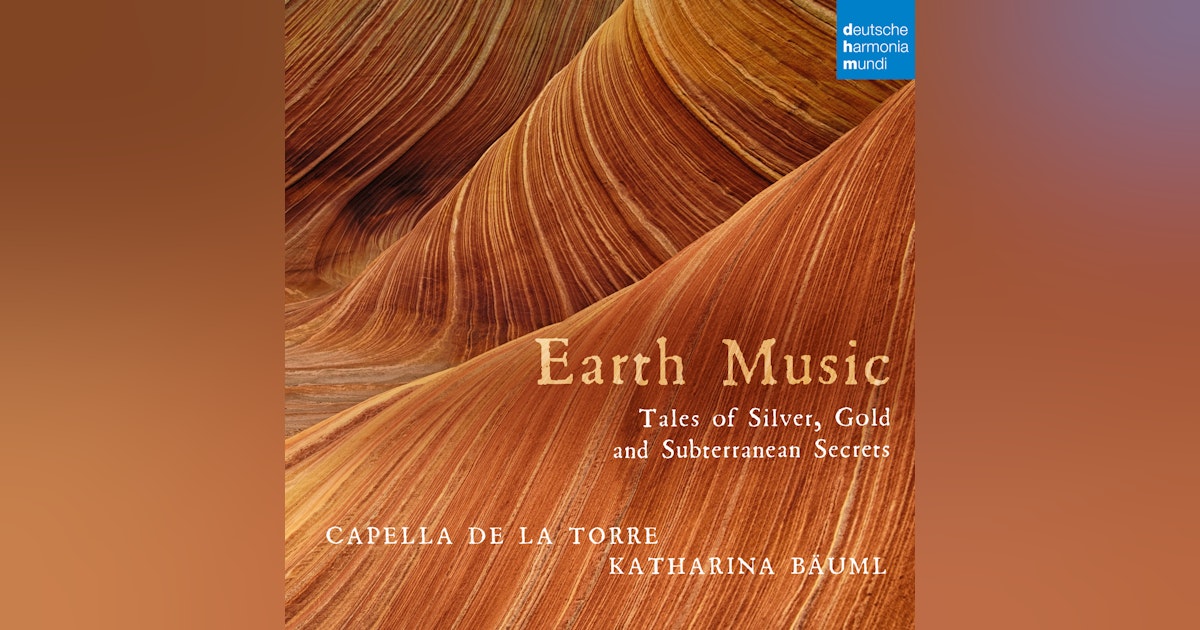
r
